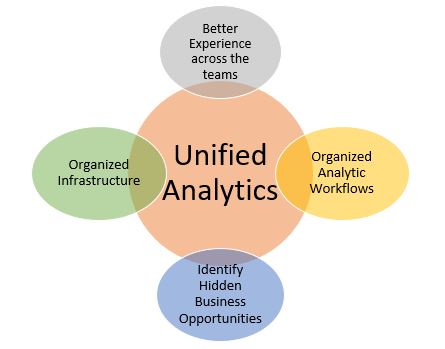
Best and most read G-Square articles of 2020: Knowledge Series & Experiential Learning
1. HR Analytics
HR analytics is better known as workforce analytics and plays a very important role in all the organisation in terms of improving the employee performance and retention. Problem statements which can be answered using HR analytics are: Manpower: How to optimize the manpower based on the manning in different locations.… Continue reading
Finalytica Dec, 2020: Human Resource Analytics
Background to HR Analytics
HR analytics is better known as workforce analytics and plays a very important role in all the organisation in terms of improving the employee performance and retention. Problem statements which can be answered using HR analytics are :
- Manpower: How to optimize the manpower based on the manning in different locations.

Finalytica Nov, 2020: News Curation
News Curation
What is News Curation ?
On the internet, searching for the right kind of news can be a time consuming task simply because sometimes you cannot exactly explain what you are looking for or that the system fails to understand the requirements.… Continue reading
Finalytica Oct, 2020: Analytics-based Collection Models
Analytics-based collection models help banks and NBFCs recover loans more efficiently. A collection model helps a bank or an NBFC identify groups of customers where the collection efforts need to be focused on. Many collection systems even now are just rigid rule-based setups, which only take in limited amounts of data to make decisions and do not change with dynamic factors such as markets, client behaviour, their actions, repaying patterns, etc.… Continue reading
Finalytica Sep, 2020: Experiential learning
Credit Risk Analytics: Macroeconomic modelling for Bank for PD impact
Background
One of the Banks wanted to predict the impact of Covid scenario on futuristic PIT Probability of Defaults (PD) for their portfolio considering the current environment for this year and subsequent years.… Continue reading
Finalytica Aug 2020: Experiential Learning: Text Extraction from PDFs
Relevant Text Extraction from PDFs
Data extraction for analysis can be as challenging as it is important to an organization with data available in sources of different sizes and formats. For this very purpose, we can use one of many techniques or multiple methods in combination to extract text and clean it, so as to make it as readable as possible to the end user.… Continue reading

Finalytica July, 2020: Knowledge Series
Price Optimisation through Machine Learning for Retail Stores
Introduction
Price optimisation refers to determining the prices of products/services such that the company can achieve its business objectives. In recent times, there have been major technical advancements in this field with more reliable and faster techniques.… Continue reading

Finalytica Feb, 2020: Knowledge Series
An overview of clustering in analytics
Just as the name suggests, clustering aims at creating clusters of the subject matter at hand, based on the various properties it possesses. This can be pretty useful when it comes to classifying elements in the future, into one of these clusters or in terms of establishing patterns in the data.… Continue reading
Finalytica, Knowledge Series: Jan, 2020
Time Series 101 : Everything you need to know about Time Series
Time is always an important factor when it comes to observing patterns or forecasting trends, be it predicting stock prices or future sales of products. For example, if the expected sales of a product are supposed to take a hit, a company can take various measures to stunt that fall or even improve the performances.… Continue reading
Finalytica: Experential Learning, Dec 2019
Credit Risk Assessment
Credit Risk assessment is a critical issue that Banks face nowadays. Which basically tells if a loan applicant can be a defaulter, so they can go ahead and grant the loan or not. This helps the banks to minimize the possible losses and can increase the volume of credit given.… Continue reading
Finalytica Nov-2019: Experential Learnings
AI Driven Narrator Chatbot – Use Cases
A chatbot is a machine that has a conversation with humans via text or audio. An AI powered chatbot is a smarter version which uses natural language processing (NLP) and machine learning (ML) to better understand the intent of the data and provide a more natural, accurate insight.… Continue reading
Finalytica, October, 2019: Experential Learning
Automated MIS Reports and triggers application through BI tool – Narrator
Introduction
A MIS Automation is an automatedreport, analysis of business or management information organized and programmed in such a way that it produces regular reports on operations for every level of management hierarchy in organization.… Continue reading
